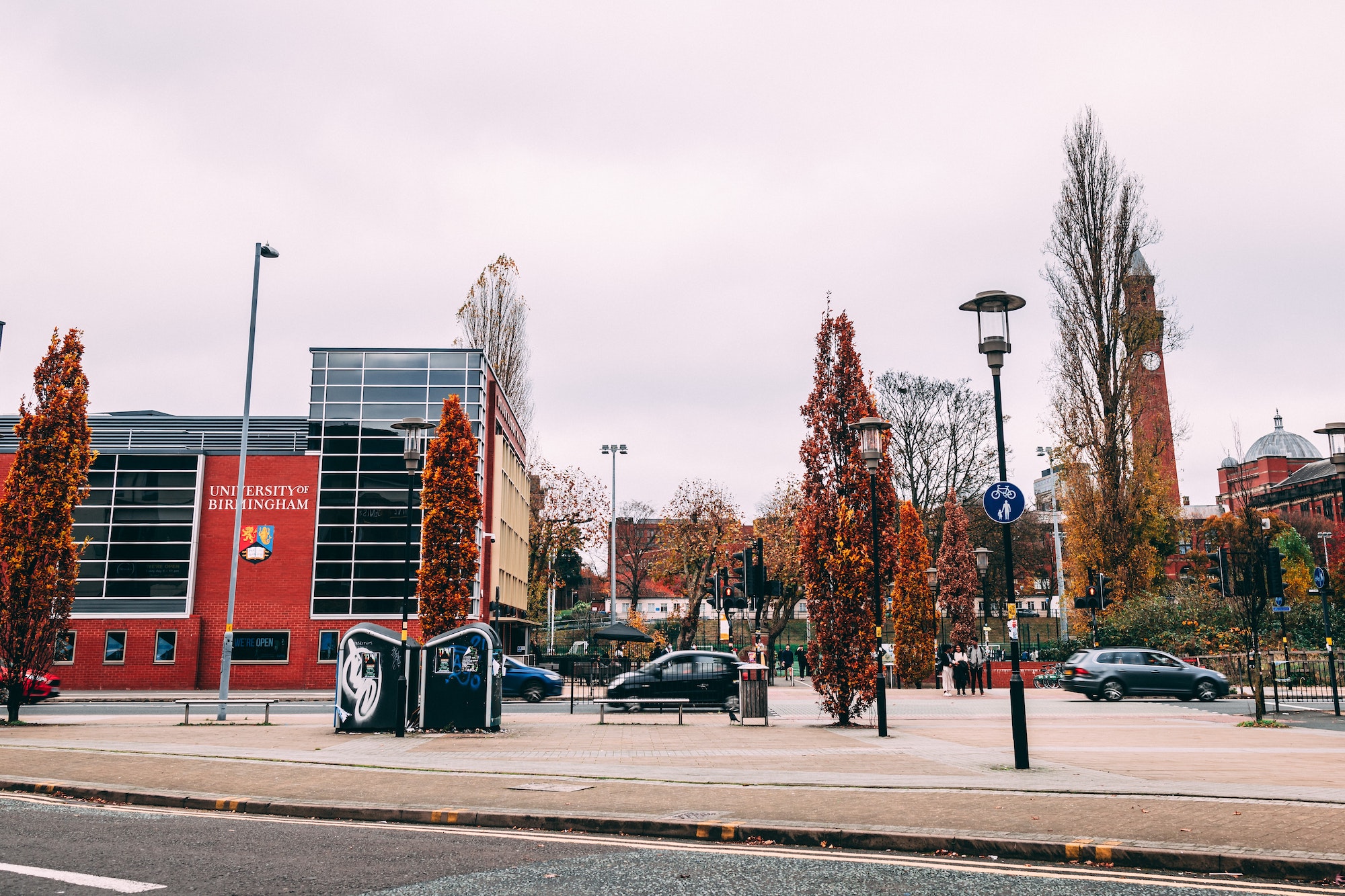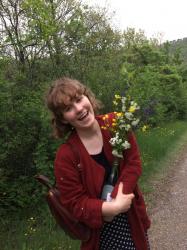
Culture Editor Grace Baxendine interviews London-based printmakers Jairo Zaldua and Nicola Green on their multi-disciplinary projects and artistic collaborations
Jairo Zaldua and Nicola Green are London-based artists who collaborate together through the mediums of printmaking, digital art, collage and installation. Jairo specialised in Fine Art Printmaking at the University of Hertfordshire and Nicola studied Ceramics at the Roehampton Institute. They have been working together as a collaborative duo for about 20 years. Over these 20 years, they have undergone many creative projects including the organising and running of mobile screen printing workshops all across the UK.
“Screen printing is a technique where a mesh screen is used to transfer ink onto a surface
Primarily focusing on the medium of screen print, the couple has received wide-spread praise from the London printmaking scene. Screen printing is a technique where a mesh screen is used to transfer ink onto a surface, except areas made impermeable to the ink by a blocking stencil. This is a very intricate and time-consuming process, which requires a huge amount of skill and patience. Jairo and Nicola’s portfolio is very screen print orientated but unlike conventional screen printmakers, they have excelled in the experimentation of combining many other artistic mediums to their prints.
In recent years they have collaborated with choreographers such as Katsura Isobe to integrate the medium of dance and performance into their work. They have also embarked on various recycling ventures, taking old prints and transforming them into radical new works. Their work really does push the boundaries of conventional printmaking which is evident from the variety of work they produce.
I was lucky enough to talk to the duo about their artistic journey, their motivations and what they are currently working on.
How did your unique pairing as artists come about? How is the process of working together on projects? Do you have different roles within the creative process?
It seemed like a natural progression as a couple, working through projects together. We discovered very quickly how advantageous it was to bring our ideas together.
It’s definitely more of an unity as we endeavour to pool our resources together. One of us might make the initial marks, but we will quite rapidly swap roles in the process. It’s really an instinct and what feels right.

Your prints are so colourful, graphic and seem to centre on the process of the making itself – but what themes would you say inspire your work?
We have always been fascinated with alternating mental states as depicted in literature and the arts; the boundary between what is real and imagined. We also like interacting with communities to provide expressive and immersive experiences.
“We also like interacting with communities to provide expressive and immersive experiences
We began with a group collaboration based on ‘The Yellow Wallpaper’ by Charlotte Perkins Gilman, then collaborated with a Japanese dance artist on a project based on Nikolai Gogol’s ‘Diary of a Madman’. This eventually led to one of our current projects ‘Imaginary Friends’.
Your installation work is very powerful, how does it differ and/or work together with your printmaking backgrounds?
We try to make all our work interconnected and apply the same discipline and methodology on our installation-based work. As the components are print-based, this informs our mindset; we visualise the entirety of the installation as a complete picture. The interactive element from our more immersive work also involves the process and layering of print from the participants.

What printmakers and artists have inspired the two of you?
Our influences are quite diverse and wide-ranging. From expressionistic artists such as Munch, Odilon Redon, Egon Schiele, Klimt, Franz Marc, Dora Carrington to Anselm Kiefer, Chiharu Shiota and the Chapman Brothers.
We are also influenced by contemporary dancers and choreographers such as Pina Bausch, William Forsythe, Marina Abramovic and James Thiérrée.
Printmakers such as Rauschenberg were inspirational. He has a very experimental approach to the medium.
How do you feel as social media being a tool for artists? For example, I discovered your work through Instagram. Has it been key to your success?
We were originally a bit apprehensive as is so often with art, it’s hard to capture the nuances and intricacies online. However, we quickly realised that it cannot be underestimated as a powerful means of communicating to new audiences around the world, who would otherwise be unaware of your existence.
Instagram, particularly, has been very beneficial to us as it is essentially a community of artists and is focussed mostly on art as opposed to other forms of social media.

I’ve seen you have run many workshops at the renowned East London Printmakers, where else have you done these and how can people get involved?
Although we have run workshops for East London Printmakers over the years, most of our workshops are mobile and tend to be in a variety of spaces and venues, such as festivals, galleries, clubs, parties, underground gatherings and community events. We like to operate with a freeform and ad-hoc approach to encourage maximum creativity for the participants.
East London Printmakers can be accessed via their website and the best place to contact us is via our Instagram profile @jairozaldua or our email address – nicoelajairo@hotmail.com.
How are you coping creatively during this difficult period?
Since the lockdown, we decided to reopen our Imaginary Friends project but with a different slant. Initially, it was just going to be the two of us involved, but we decided to expand on this virtual collaboration and include Elin Doyle (actor/video artist), Jasmine Kahlia (Multi-disciplinary artist) and Tobias de Zaldua (soundscapes).
We asked the public to write a brief description of their idealised imaginary friend to accompany them during this period of isolation. Together, we wanted to create a sequence of images and creativity all acting as a visual response of their descriptions.
We intend to run the project until the lockdown ends, though we may extend it. We converted our small kitchen table into a mini art studio for this project.
What advice would you give art students wanting to make it as professional artists?
Once we had completed our formal art education, we believed that we should purposefully avoid any full-time employment and focus primarily on the art, but in hindsight, our opinion has changed.
“Our artwork really developed when we became more well-rounded…
Although we learnt a great deal from this period, we put ourselves in the difficult position of having very little money and being quite reclusive. Paradoxically, we felt more dependent than independent, and concluded that getting out into the world and interacting with all kinds of people was actually part of our creative education. Our artwork really developed when we became more well-rounded, in other words, had lived a bit.
Even though it’s vital to get experience and initial exposure as a post-grad, be wary of being exploited and squandered; keep asking what is this gallery/venue doing for me and am I learning anything in the process?
Just keep concentrating and redefining your medium, so you become unique and irreplaceable.
To keep up with the ‘Imaginary Friends’ project during lockdown, follow Jairo and Nicola on Instagram here.
More from Redbrick Culture:
Fill Your Ears with Culture: The Best Cultural Podcasts

Comments